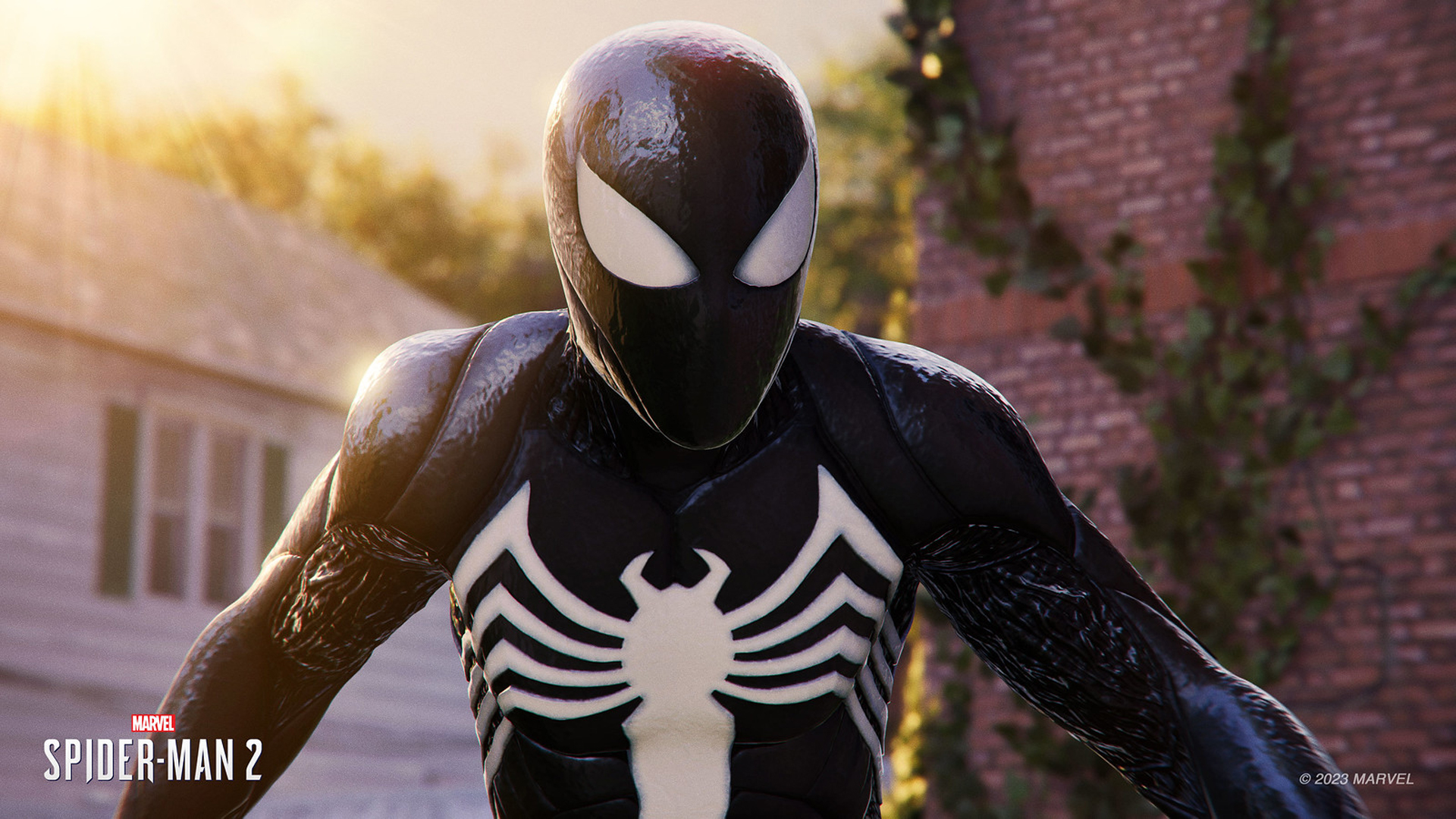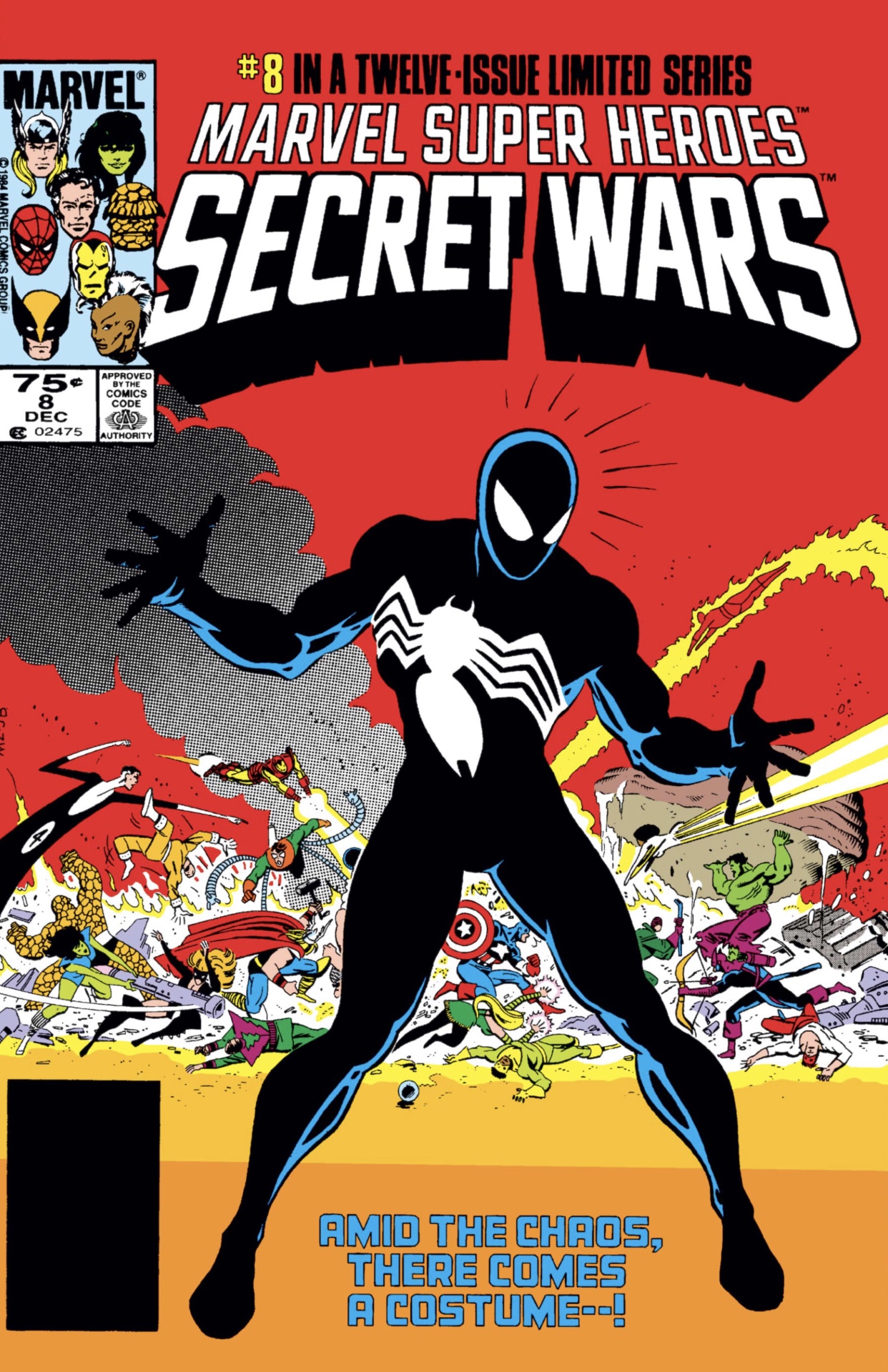Marvel's Spider-Man 2 - the comic history of the symbiote costume
That time Peter Parker's costume became obsessed with him

Venom is coming to Marvel's Spider-Man 2, and as previously suspected, we now know that the symbiote won't bond with its classic host Eddie Brock, but with another Marvel character who hasn't been Venom in comics.
But way before Eddie Brock, the Venom symbiote's first host was Peter Parker, which is also reflected in Marvel's Spider-Man 2, which recently premiered footage of Peter wearing his symbiote costume to fight Kraven the Hunter and his mercenaries.
Most people know that Peter Parker was the original host of the Venom symbiote and wore it as Spider-Man for a while. But what really happened in comics before the birth of Venom? Where did the symbiote originally come from, and was there really a dance montage?
The answer to that last question is, unfortunately, "not so much." But the actual comic history of the Venom symbiote is still a wild ride.

It all started in 1984's Marvel Super Heroes: Secret Wars #8 by writer Jim Shooter and artist Mike Zeck. In the original Secret Wars, Peter Parker is one of numerous heroes who are transported to a cosmic battleground by the omnipotent Beyonder to do battle with a host of Marvel's top villains.
In the course of the fight, Peter's classic Spider-Man costume is shredded, leading him to don a new black and white costume which was dispensed by a strange machine on the alien world where the events of Secret Wars took place.
Interestingly enough, the idea for Spider-Man's now familiar black-and-white costume originated not with anyone working for Marvel Comics, but with a 22 year old fan named Randy Schueller who submitted the idea to a contest for aspiring Marvel creators. The design itself was then modified by Secret Wars artist Mike Zeck into the version that has gone on to become one of the most iconic Marvel costume designs next to the original Spider-Man suit.
Get the best comic news, insights, opinions, analysis and more!

Back in the Marvel Universe, Peter kept wearing the costume once he returned to Earth from Secret Wars, with its apparently inborn organic web-shooters and other advantages over Peter's classic cloth costume also giving him a level up in terms of his powers.
Though there was never a dance number, let alone a full-on montage, the suit did eventually start to alter Peter's behavior, making him more aggressive and violent (as seen in the Marvel's Spider-Man 2 trailer). But it wasn't until Peter discovered that the suit was somehow piloting his sleeping body to go out and act as Spider-Man while Peter remained unconscious inside that he discovered its true nature as an alien symbiote - one that was trying to consume his entire life and personality.
With help from Reed Richards of the Fantastic Four, Peter was able to separate himself from the symbiote, which was then kept in containment by the FF, though Peter continued to use a mundane version of the black costume made of normal fabric (which was actually sewn by Felicia Hardy AKA the Black Cat).

Several years later the symbiote manages to escape its imprisonment by the Fantastic Four. It first tries to restore its bond with Peter, though after he rejects it again, it eventually bonds with Eddie Brock to become Venom - and the rest, as they say, is history.
It's unclear how exactly this story will be adapted to Marvel's Spider-Man 2. The movie Spider-Man 3, the origin of the infamous dance sequence, left out the connection to Secret Wars, as have most adaptations of the story into other media.
But one thing we do know is that the video game version of the story will at least stay true to how bonding to the symbiote affects Peter Parker, even if its origin and its future after bonding to Peter are somewhat altered.
The original Secret Wars is one of the best Marvel Comics events of all time.
I've been Newsarama's resident Marvel Comics expert and general comic book historian since 2011. I've also been the on-site reporter at most major comic conventions such as Comic-Con International: San Diego, New York Comic Con, and C2E2. Outside of comic journalism, I am the artist of many weird pictures, and the guitarist of many heavy riffs. (They/Them)



